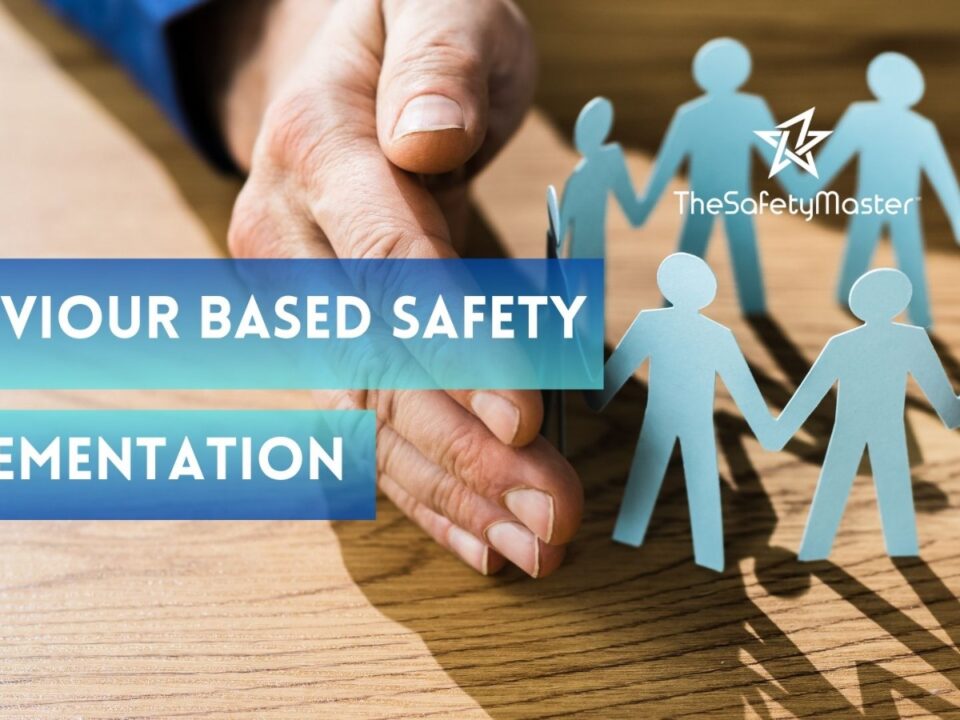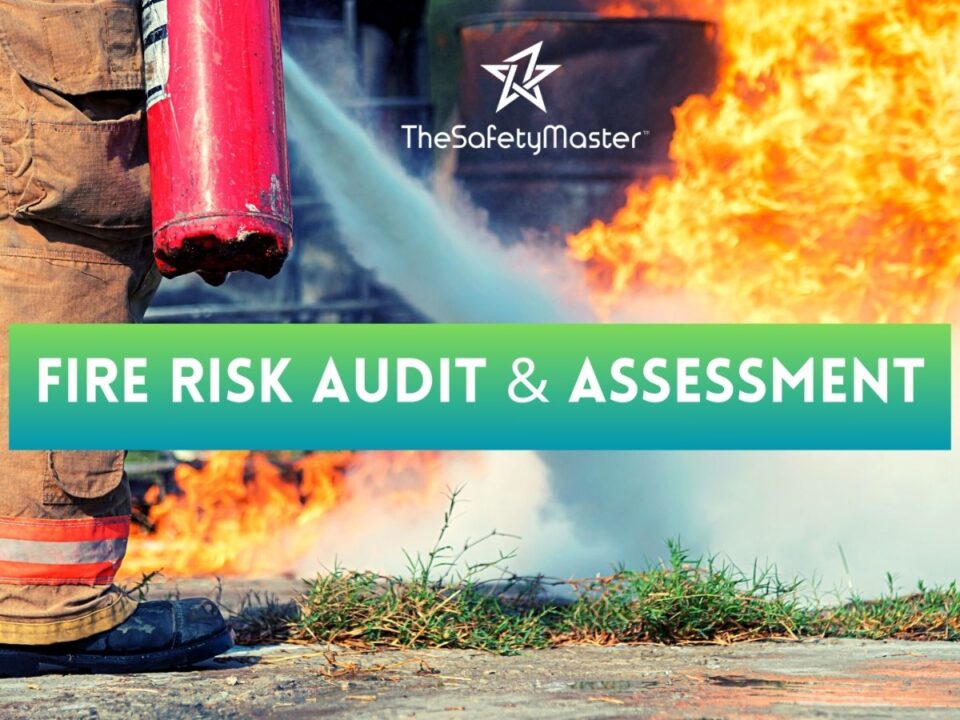Leveraging Technology in Environmental Auditing: AI, IoT, and Big Data

Implementing Pre-Startup Safety Reviews: Building a Solid Foundation for Safety Excellence in India’s Process Industries
December 5, 2024
Residual Life Assessment for Electrical Equipment: Enhancing Safety and Efficiency
December 6, 2024In recent years, technological advancements have dramatically transformed environmental auditing. This critical process ensures organizations comply with environmental regulations, minimize waste, and improve their sustainability efforts. Innovations in Artificial Intelligence (AI), the Internet of Things (IoT), and Big Data have streamlined audits, making them more accurate and actionable. These technologies not only address compliance issues but also empower businesses to adopt proactive approaches toward sustainability and risk management.
This article explores how AI, IoT, and Big Data are revolutionizing environmental auditing and highlights key areas where these technologies are creating tangible benefits.
The Role of Artificial Intelligence in Environmental Auditing
Artificial Intelligence (AI) has redefined how data is collected, processed, and analyzed in environmental audits. Traditional methods often rely on manual inspections and basic data analysis, which can be time-consuming and prone to human error. AI, however, brings unparalleled efficiency and precision.
For example, AI algorithms can analyze massive datasets to identify trends, anomalies, and patterns that might go unnoticed in manual reviews. This capability is crucial during Hazop Studies, where teams analyze potential hazards in industrial processes. AI enhances this process by rapidly predicting potential failure scenarios and suggesting mitigation strategies based on historical data.
Moreover, machine learning models can simulate different environmental conditions to forecast risks, such as emissions spikes or water contamination. This predictive power helps organizations stay ahead of potential environmental challenges, reducing liabilities and promoting sustainable practices.
IoT: Real-Time Monitoring for Environmental Compliance
The Internet of Things (IoT) is another transformative force in environmental auditing. IoT devices, such as sensors and trackers, enable real-time monitoring of various environmental parameters, including air quality, water quality, and waste emissions. These devices collect and transmit data to centralized systems, ensuring continuous oversight and immediate response to deviations.
For instance, during a Fire Audit, IoT-enabled sensors can monitor temperature fluctuations and detect fire hazards before they escalate. Similarly, IoT technology is widely used in industrial facilities to track hazardous material leaks, minimizing their impact on the environment and ensuring compliance with safety regulations.
IoT not only enhances the accuracy of environmental audits but also reduces the time and resources required for inspections. Continuous monitoring allows auditors to focus on analyzing trends and identifying systemic issues rather than manually gathering data.
Big Data: The Foundation of Informed Decision-Making
Big Data is the backbone of modern environmental auditing, providing organizations with the tools to consolidate, manage, and analyze vast amounts of information. Environmental audits often require input from diverse sources, such as emissions reports, waste management records, and equipment logs. Big Data platforms integrate these datasets, enabling comprehensive analyses that were previously impossible.
During a Safety Audit, for example, Big Data systems can process historical data to identify recurring safety issues, highlight areas of non-compliance, and recommend corrective actions. This approach not only improves audit outcomes but also supports long-term planning by offering insights into trends and patterns.
Additionally, Big Data enables advanced reporting and visualization tools, making it easier for stakeholders to understand audit findings. Interactive dashboards and heatmaps provide clear, actionable insights, empowering decision-makers to implement changes that align with both regulatory requirements and sustainability goals.
Integrating Technologies for Comprehensive Environmental Audits
The true power of AI, IoT, and Big Data lies in their integration. Together, these technologies create a holistic framework for environmental auditing that combines real-time monitoring, predictive analytics, and data-driven decision-making. This integrated approach is particularly effective in complex industries, such as manufacturing, oil and gas, and chemicals, where environmental risks are high.
Take Process Safety Management as an example. This specialized audit focuses on preventing accidents related to hazardous chemicals and industrial processes. By integrating IoT sensors with AI analytics and Big Data platforms, organizations can monitor equipment performance in real time, predict maintenance needs, and prevent incidents before they occur.
Furthermore, integrated systems ensure that audits are not just one-time events but continuous processes. Real-time data feeds, combined with machine learning algorithms, enable ongoing evaluations of environmental performance, ensuring that organizations remain compliant and proactive.
Benefits of Leveraging Technology in Environmental Auditing
1. Enhanced Accuracy
Technology minimizes human error, ensuring that audits are thorough and reliable. AI algorithms and IoT sensors provide precise measurements and analyses, reducing the risk of oversight.
2. Time and Cost Efficiency
Automated processes streamline data collection and analysis, saving time and reducing labor costs. This efficiency allows organizations to conduct more frequent audits without straining resources.
3. Proactive Risk Management
Predictive analytics enable organizations to identify and address potential environmental risks before they escalate. This proactive approach reduces liabilities and enhances organizational resilience.
4. Improved Compliance
Regulatory requirements are becoming increasingly stringent. Technologies like AI and IoT ensure that organizations meet these standards by providing continuous monitoring and accurate reporting.
5. Sustainability Initiatives
By providing actionable insights, technology supports sustainability efforts, such as reducing emissions, conserving resources, and minimizing waste. These initiatives not only benefit the environment but also enhance brand reputation.
The Role of Safety Consultants
While technology is a powerful tool, human expertise remains indispensable. A skilled Safety Consultant bridges the gap between technology and practical implementation. Consultants interpret audit findings, provide tailored recommendations, and help organizations navigate complex regulatory landscapes.
For example, consultants can guide organizations in selecting the right technologies for their specific needs, ensuring that investments deliver maximum value. They also play a crucial role in training staff to use these tools effectively, fostering a culture of safety and sustainability.
Overcoming Challenges in Technological Adoption
Despite its benefits, integrating technology into environmental auditing comes with challenges. High upfront costs, data privacy concerns, and resistance to change are common barriers. Organizations must address these issues by:
- Investing in Scalable Solutions: Start with pilot projects to demonstrate the value of technology and gradually expand adoption.
- Ensuring Data Security: Implement robust cybersecurity measures to protect sensitive information.
- Promoting a Culture of Change: Engage employees and stakeholders through training and awareness programs.
By addressing these challenges, organizations can fully realize the potential of AI, IoT, and Big Data in environmental auditing.
Conclusion
The integration of AI, IoT, and Big Data is revolutionizing environmental auditing, making it more efficient, accurate, and actionable. These technologies empower organizations to proactively manage risks, ensure compliance, and achieve sustainability goals.
However, the journey doesn’t end with technology adoption. Collaboration with experienced Safety Consultants ensures that these tools are used effectively, maximizing their impact. As regulatory requirements and environmental challenges evolve, leveraging these innovations is no longer optional—it’s essential for organizations aiming to thrive in a sustainable future.




